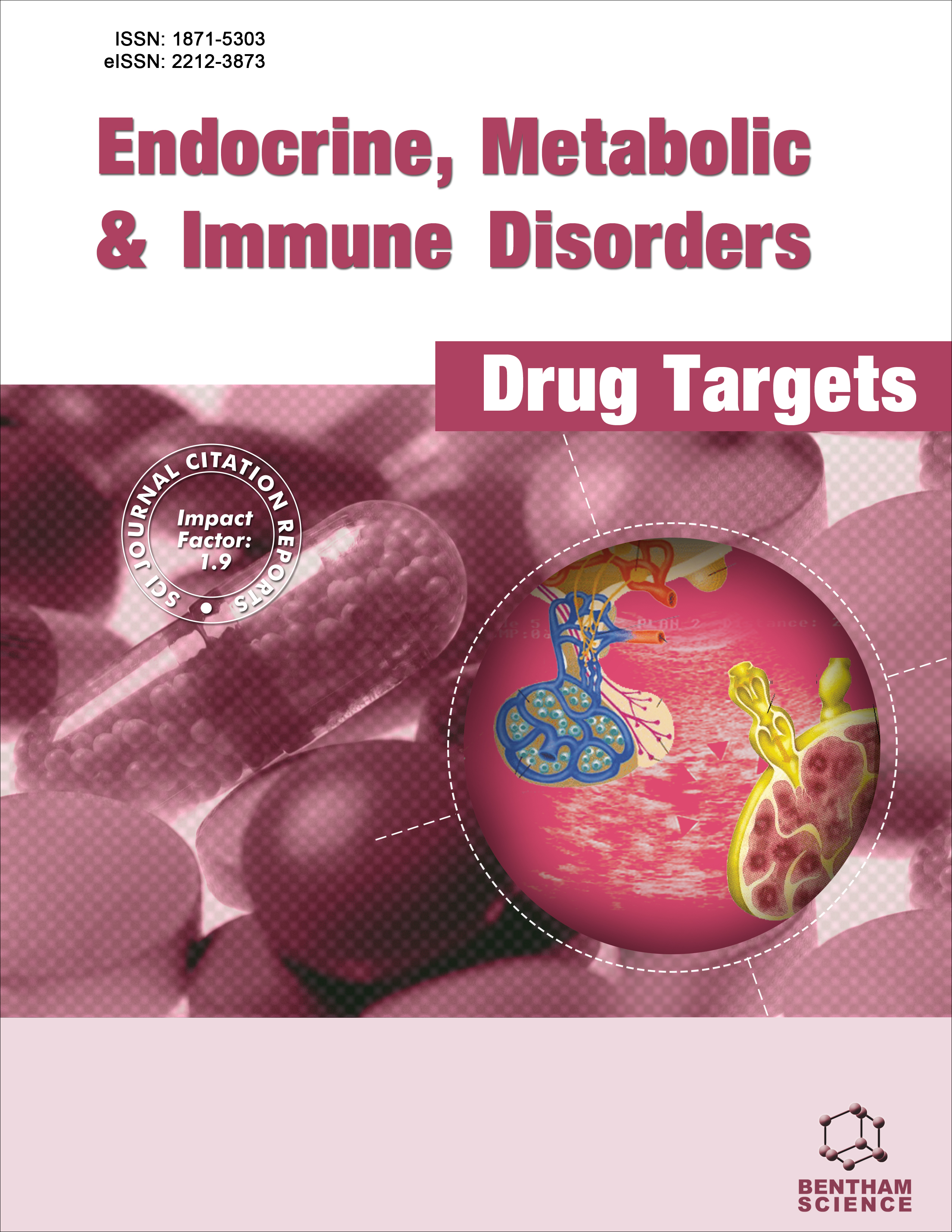-
oa A Bibliometric Study from 1992 to 2023 on the Relationship between Biological Clock and Diabetes
- Source: Endocrine, Metabolic & Immune Disorders-Drug Targets (Formerly Current Drug Targets - Immune, Endocrine & Metabolic Disorders), Volume 25, Issue 5, Apr 2025, p. 377 - 385
-
- 06 Apr 2024
- 21 Jun 2024
- 15 Aug 2024
Abstract
A bibliometric study was conducted to gain deeper insights into the current state of research on diabetes and the biological clock (BC).
The study involved a comprehensive search for literature related to diabetes and BC published between 1992 and 2023 in the Web of Science database.
Ninety-five articles were published in 65 journals, with six of these journals not included in the Journal Citation Reports as of 2022. Among the remaining 59 journals, 10 had an impact factor (IF) greater than 10, and 21 had an IF greater than 5. Twenty-nine journals belonged to Quartile 1, while 16 journals were part of Quartile 2. The articles were contributed by researchers from 22 countries, with the Netherlands and the USA being the most prolific contributors. However, the total number of citations for articles from the USA was significantly higher than that of the Netherlands. The co-occurrence analysis of title and abstract keywords primarily focused on investigating the mechanisms of BC. Regarding author keywords and keyword-plus, the co-occurrence analysis centered around diabetes and BC. International collaboration was prominent among developed countries, with the Netherlands, the USA, and France being major participants. Institution-wise cooperation primarily occurred between two research institutions in the Netherlands. In total, the 95 articles received 5,157 citations, averaging 54.28 citations per article.
To foster advancements in this area, more attention and international cooperation are necessary. Emphasizing collaborative efforts can drive the development of novel approaches to manage diabetes and regulate blood glucose levels effectively.


